How EA brings your FIFA 14 players to photo-realistic life
Pushing our games out of the uncanny valley
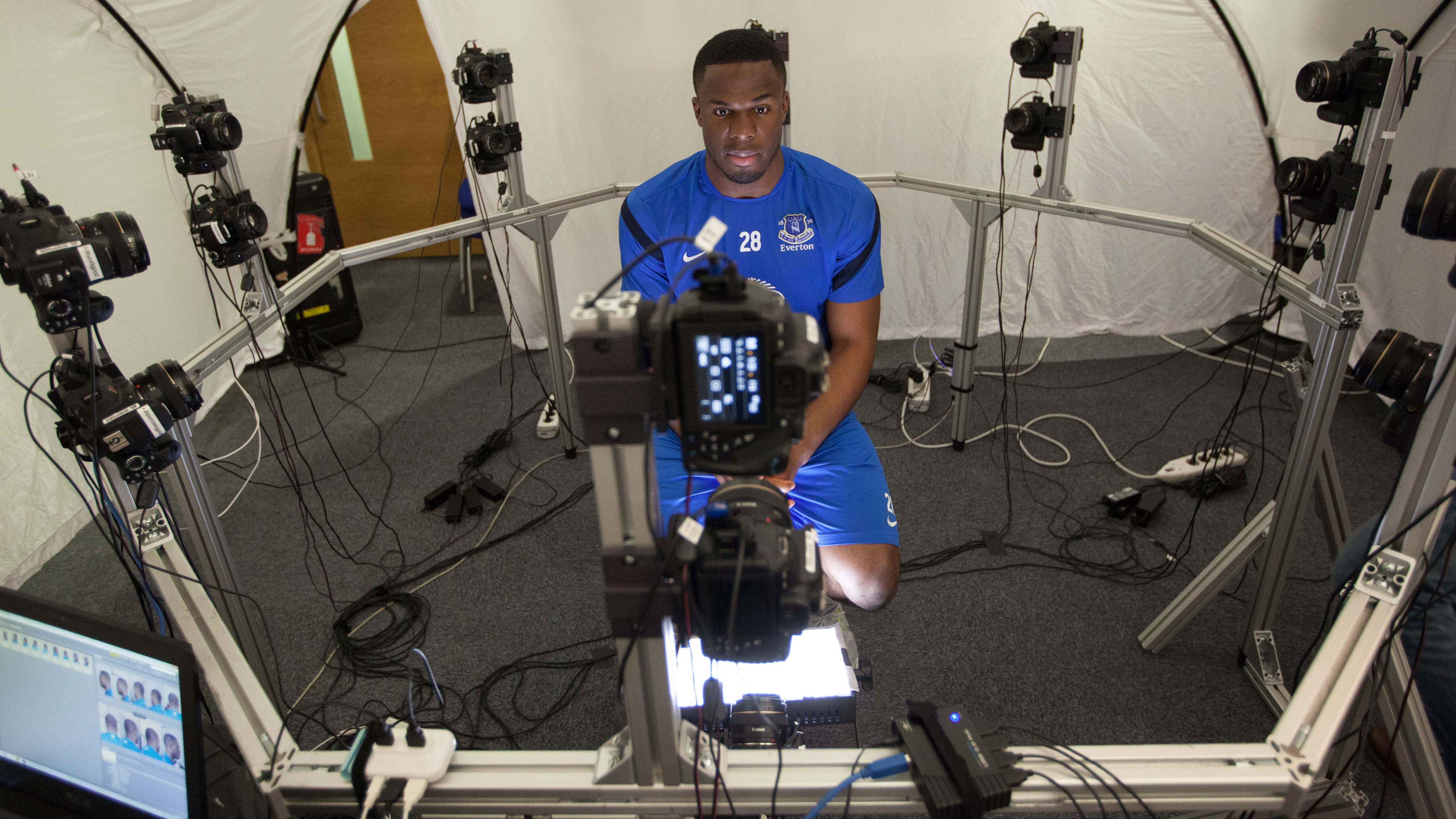
It's likely you won't have heard of Nigel Nunn, but if you've played a video game recently there's a very good chance that you have seen his work.
Nunn heads up The Capture Lab which does most of EA's facial capture. TechRadar caught up with him while he was at Premier League side Everton's training groung taking the pictures of players that may well end up in FIFA 14.
From the progress in hauling computer game avatars out of the uncanny valley to why wrinkles are a good thing, Nunn explained to us how he uses a system of 18 cameras to get high resolution imagery. The very same imagery that begins the process of putting Wayne Rooney's pugilist mug into the games that millions play.
"Faces have been a big area of focus for a couple of years now in gaming," said Nunn, who believes his chosen occupation is "super interesting" and pretty new.
Of course, given the thousands of faces that exist in a game like FIFA, a percentage of them are still done from pictures, but Nunn's work has honed the process of converting reality into gaming faces which, if not actually photorealistic, certainly capture the essence of the players.
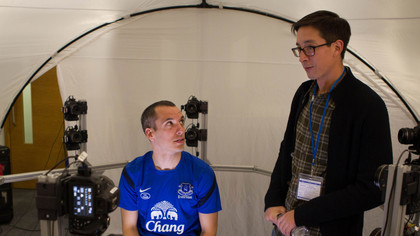
"The first reason for actually going around the clubs and doing this is time," he explained. "There's a huge time saving in just being able to take their pictures in our system which is all set up as we want it. This means there's not a whole lot of handling of the files.
There's also the matter of accuracy; "We do occasionally need to go in and tweak our cameras but doing it this way means we know scale and proportion and nobody has to touch anything, whereas if we do it from pictures then it's pure interpretation."
Get daily insight, inspiration and deals in your inbox
Sign up for breaking news, reviews, opinion, top tech deals, and more.
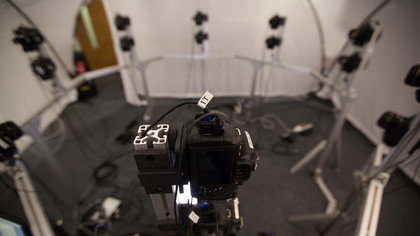
Nunn freely admits that with the very nature of gaming consoles and the sheer amount of data required for accuracy, the final product does not always end up looking precisely like the person that has been photographed.
"There's a couple of stages beyond ours," he said. "Our stage captures and processed everything and is based on really high resolution images.
"What we produce is far too high quality to fit on a disc so at some point there is compression and tweaking of the faces so that they can be animated."
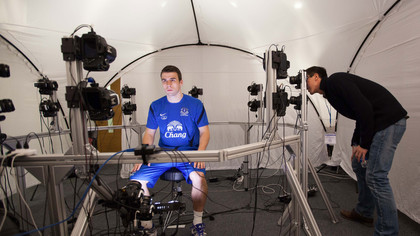
We asked Nunn why some players come out looking more realistic than others, even when they have gone through the same process.
"It's hard to say. They get exactly the same treatment, but the end result isn't quite as perfect, although it's tough to say in the process where that happens. It could just be skin type, and certain features certainly come out better.
"It's funny, but coaches always come out looking amazing - wrinkles are definitely a good thing!
Yes, older men with a bit of stubble come out looking perfectly realistic, but a young girl came out terribly and we had to go in and fix a few things."
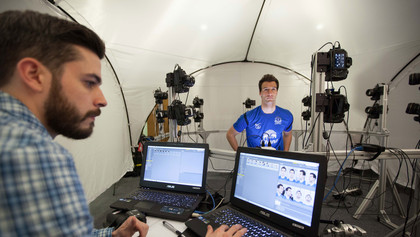
With the current consoles coming to the end of their lives and the Xbox 720 and PS4 now coming to the fore, attention is very much focused on the future, and TechRadar asked if the next generation would begin to pave the way for more detail and more photorealism.
"I think so," said Nunn. "I think with the technology that's out there now there's no reason not to base something off real life. 3D models in both games and movies are more versatile.
Nunn's process means that EA is already preparing for this change: "What we capture is high quality, we do the same process as is done for movies that don't have the same issues and limitations as we do in gaming. The raw quality of what we capture is excellent its amazing and we will always have that. We've always got these great raw images."
Patrick Goss is the ex-Editor in Chief of TechRadar. Patrick was a passionate and experienced journalist, and he has been lucky enough to work on some of the finest online properties on the planet, building audiences everywhere and establishing himself at the forefront of digital content. After a long stint as the boss at TechRadar, Patrick has now moved on to a role with Apple, where he is the Managing Editor for the App Store in the UK.
